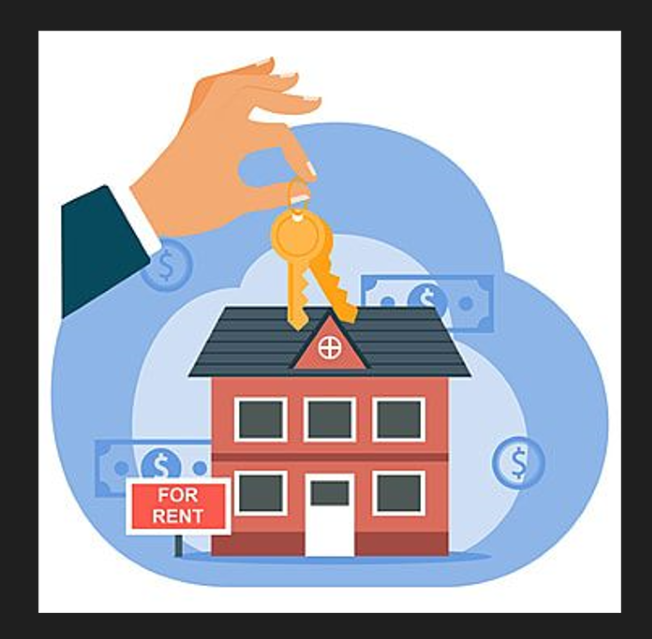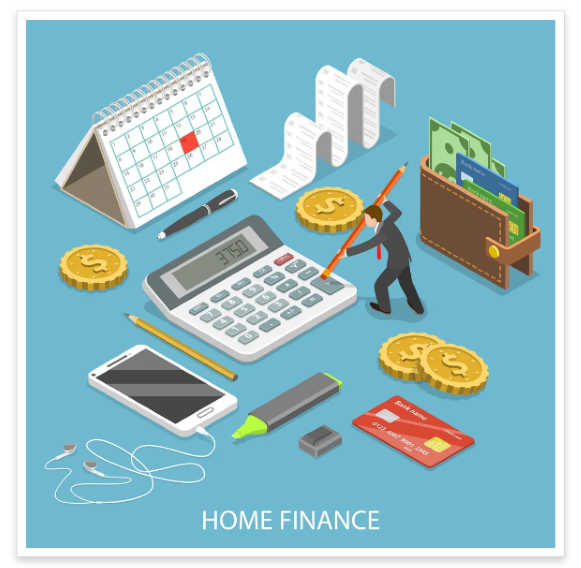Assets are long-term values, that is, everything that costs money and can be sold in the future: an apartment, a summer house, a car, household appliances, and jewelry. This category also includes investments (shares, bonds, deposits), cash, and non-cash funds. Some assets generate income, others require fixed costs. You can put up with this (if we are talking about an apartment in which the family lives) or try to increase profitability (for example, open deposits with more favorable conditions).
Liabilities – financial obligations of the family (loans, debts, loans). The more of them, the closer you are to the “debt hole”. In the accounting sense, liabilities also include sources of own funds (salary, interest on deposits), through which assets are acquired. But unlike a company, a family does not have authorized capital and retained earnings, so we believe that sooner or later own funds will become an expense.

How to calculate family capital
The most obvious indicator of a family’s financial health is its net worth. Net Worth (or Net Assets) shows how much cash you have left after you sell all your assets and pay off all your debts. To calculate this indicator, write down all assets (profitable and non-profitable) in the left column, and liabilities in the right column.
If the resulting figure is greater than zero, you are doing everything right. If it is negative, urgently optimize assets and liabilities before they slide into a “debt hole”. 58 percent of Ukrainians surveyed said that several times over the past 12 months their income did not cover expenses, and at least 30 percent needed borrowed funds.
How to optimize the assets and liabilities of the family
There are two ways to raise capital:
· increase assets and/or increase their profitability;
· reduce the number of liabilities and the cost of borrowed money.
Optimization options:
· unnecessary sell, rent, exchange;
· low-margin real estate (or other property) to sell and invest in repayment of liabilities or the purchase of income-generating assets;
· reduce the cost of maintaining an apartment / car;
· reduce the cost of borrowing (refinancing or restructuring).
To analyze assets and liabilities, make a table which indicates:
In assets:
· cost (average);
· asset cost;
· profitability (positive and negative);
In liabilities:
· debt amount;
· interest rate;
· monthly payment;
· term.
After filling out the table, pay attention to the assets, the yield of which is lower than the interest on liabilities (either increase the yield or close liabilities with them), and determine which of the liabilities has the greatest impact on the family budget.
Don’t confuse assets with income. Income is what comes in and can be completely spent (for example, salary), but the asset remains (bought real estate, put money on deposit). Also, don’t confuse expenses with obligations. Expenses are what you spend (food, clothes, rent), while liabilities are what you owe (mortgage, credit, debt to a friend). This is a simplified version of optimization, but it clearly shows that your property should work for you, not you for its maintenance.

